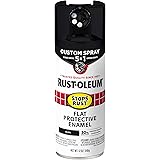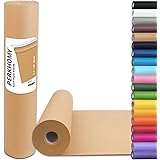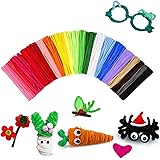Trout in lakes can be found at various depths, depending on the season and water temperature. During colder months, trout are more likely to be near the surface and closer to the shore as they feed on insects and baitfish. In warmer months, they retreat to deeper, cooler waters. Wind and structure, like submerged trees, weed beds, and rocks, play significant roles in where trout might be found. Current lines formed by wind, for example, are great places to find trout as these “structures” often hold fish.
Gear and Techniques
Rods and Reels: For most lake fishing scenarios, a 5 or 6 weight fly rod is recommended, especially if you’re targeting average-sized trout. A rod of at least 9 feet in length is preferable, with 10 feet being ideal for managing your line over obstacles like reeds or submerged weeds.
Line and Leaders: Depending on where trout are feeding, you might need a range of fly lines. Early in the morning or late in the evening, a floating line might suffice for surface feeds. As the sun rises and warms the water, intermediate lines or even fast-sinking lines might be necessary to reach deeper-dwelling trout. If you have to choose one, go with a floating line and adjust your fishing depth with the length of your leader.
Bait Rigs and Lures: Shoreline bait rigs like slip bobber rigs and bottom rigs with floating bait are effective for targeting trout at different depths. When casting lures, spinners and spoons are excellent choices because they can cover a lot of water and mimic the trout’s natural prey. Adjusting the retrieval speed and depth based on the trout’s activity level is crucial. For more advanced tactics, suspending crankbaits and soft plastics can mimic a wounded baitfish, appealing to the trout’s predatory instincts.
Trolling: Trolling is an efficient way to locate and catch trout in larger lakes. Using a vessel to move lures or baited hooks through the water allows you to cover a wide area and target trout at various depths. Spinners, spoons, and crankbaits are effective when trout are feeding aggressively. During colder months, or when targeting surface-feeding trout, keep your lure near the top. For deeper fishing, weighted lines can help reach the desired depth.
Tips for Success
- Look for Structure: Pay attention to the lake’s structure, such as weed beds, drop-offs, and submerged objects, as trout often patrol these areas for food.
- Consider the Wind: Use the wind to your advantage, as it can create current lines and influence where food (and therefore trout) will be located.
- Fish Two Flies: To increase your chances, consider fishing with two flies to explore different sections of the water column simultaneously. However, be mindful of local regulations regarding the number of hooks you can use.
- Adjust Your Approach: Be flexible in your techniques and ready to adjust based on the trout’s behavior, water temperature, and time of day.
By understanding the behavior of trout in lakes and adapting your fishing techniques accordingly, you can increase your chances of a successful catch. Remember, patience and observation are key to identifying patterns and finding the best spots to fish. Happy fishing!







